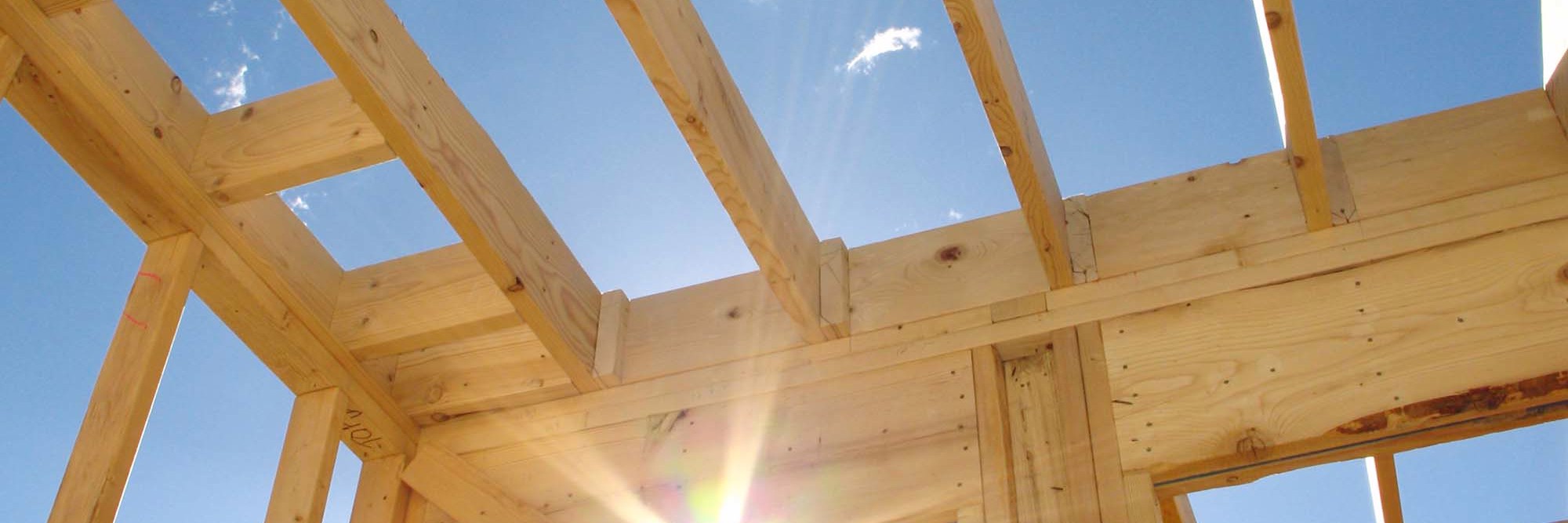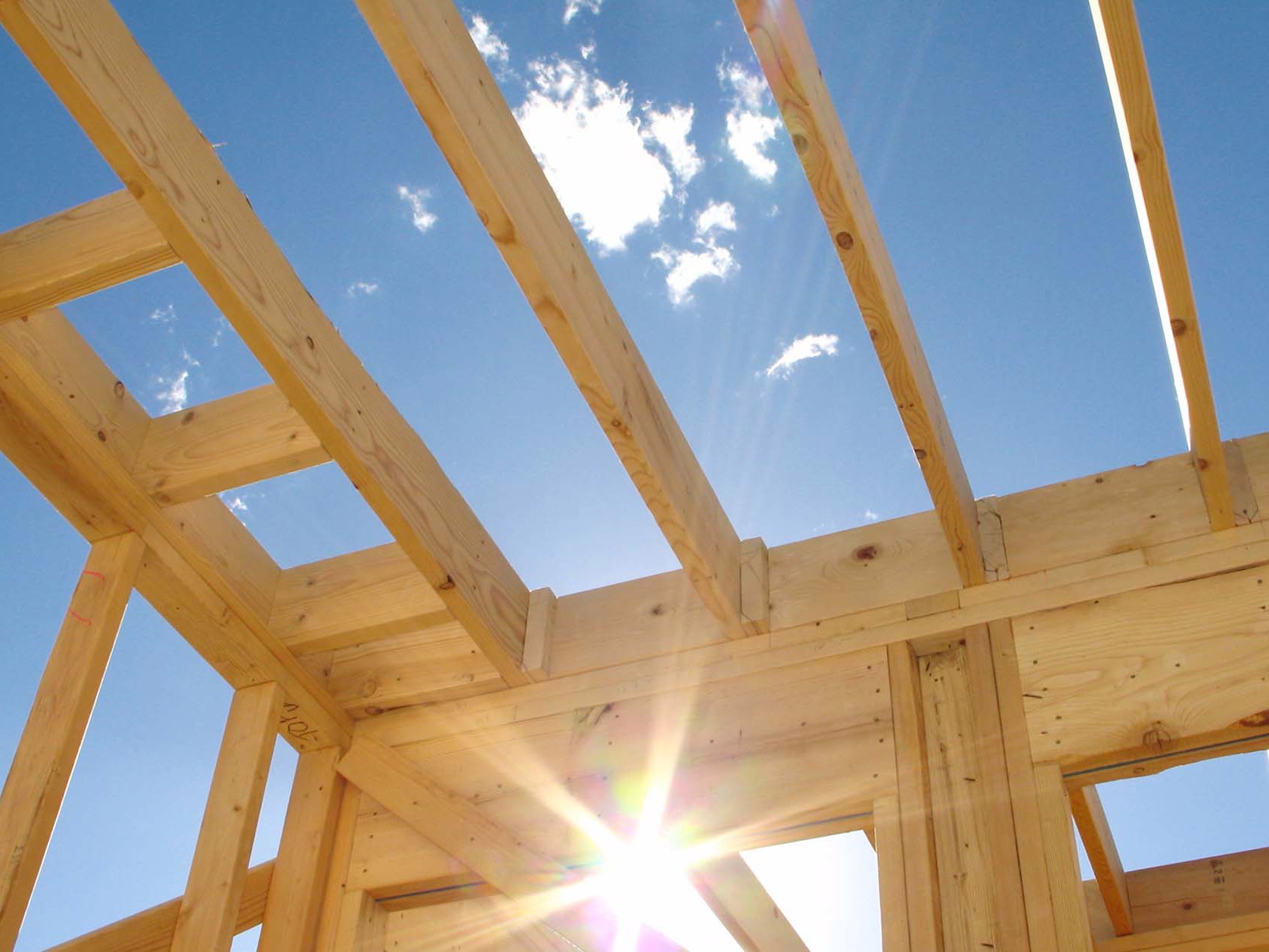The long-awaited Building (Product information Requirements) Regulations 2022 (Regulations) came into force today (Monday 11 December 2023). The Regulations introduce new obligations for New Zealand-based manufacturers, importers, wholesalers, retailers, and distributors.
These changes come against the backdrop of an increased focus in recent years on manufacturers of building products, both from a regulatory and liability perspective. Manufacturers of building products have successfully defended themselves against numerous claims in New Zealand. However, over the last 10 years – especially since the Supreme Court confirmed that the 10-year longstop in the Building Act 2004 (Building Act) does not apply to building products [1] – we have seen an increasing number of claims against manufacturers with mixed results.
The Regulations are informed by feedback received by the Ministry of Business, Innovation and Employment’s (MBIE) 2021 public consultation on building product information requirements. MBIE has published guidance and a variety of resources to support those affected by the new changes.
This article provides a brief summary of the new Building Product Information Requirements (BPIR) contained in the Regulations and outlines the key considerations for manufacturers and importers of building products in New Zealand.
Why were the Regulations made?
Building products play a pivotal role in achieving safe and long-lasting buildings in New Zealand. However, until now, the Building Act legislative regime has not required manufacturers or importers to provide information about their products. This has led to products being used that are not fit for purpose or not used or installed as intended. The range and complexity of building products has increased in recent years, which has increased the risk of non-compliance with the Building Code requirements.
The aims of the Regulations include:
- improving the quality and consistency of information about building products, including how they contribute to compliance with the Building Code;
- assisting designers, builders, and consumers to select the best products for their needs;
- ensuring that those installing the products have sufficient information to install them correctly and as intended; and
- improving the efficiency of the consenting process by ensuring that building consent authorities have accurate information readily available.
MBIE expects that the new Regulations will result in increased transparency, fewer building defects, less building rework, and safer more durable buildings.
Responsibilities of manufacturers and importers
The Regulations require manufacturers and importers to provide a minimum level of easy-to-understand information about the designated building products they supply to the New Zealand market. This information must be publicly available online, and wholesalers, retailers and distributors are obligated to ensure the information is displayed and accessible in store.
Manufacturers and importers need to consider:
- What products are captured by the Regulations: The BPIR apply to products which may affect whether the building work complies with the Building Code. Regulations 4 to 7 describe what products are captured by the Regulations [2]. Designated building products have different information disclosure requirements based on if they are considered class 1 or class 2.
- Class 1: a designated building product is class 1 if it is mass-produced or produced in batches, is available for wholesale or retail purchase, is new, and when used in building work, may affect whether the building work complies with the Building Code. Examples of class 1 products include: cladding products, mechanical fixings, insulation products, roofing products, structural steel and reinforcing products, and sanitary plumbing and drainage products.
- Class 2: a designated building product is class 2 if it is based on a line of products where each unit is customised to the specification of an individual client, is new, and when used in building work may affect whether the building work complies with the Building Code. Examples of class 2 products include: external window joinery and doors that have been customised to the specifications of individual clients (for example, specifications on dimensions and glass type).
- What information must be disclosed: manufacturers and importers should already have most of the information required to be disclosed. The information requirements are contained in Schedule 1 and Schedule 2 to the Regulations and include:
- a description of the building product;
- a product identifier that distinguishes that product from other building products;
- various information based on where the product is manufactured; and
- a statement specifying what clauses of the Building Code are relevant to the product within its intended scope of use, how the building product is expected to contribute to compliance with those clauses, and any limitations on the use of the building product in building work.
- What supporting documents could be included: it may be beneficial to link larger pre-existing supporting documents such as installation manuals and maintenance manuals to the BPIR disclosure.
- When information must be disclosed: for class 1 products, the information must be disclosed either before or when the product is offered for supply by a wholesaler, retailer, or other distributor of the product [3]. For class 2 products, the information must be disclosed before the product is ordered by a client [4].
- How information must be disclosed: manufacturers and importers must make this information publicly accessible and available online [5].
- Reviewing and maintaining the building information: manufacturers and importers must keep this information up to date and maintained [6].
More detailed information, including templates and step-by-step guides can be found on MBIE’s website.
Consequences of non-compliance
A person, in trade, must comply with the Regulations in order to supply, offer to supply, advertise the supply of, or import for the purpose of supplying a building product governed by the Regulations [7]. An individual or body corporate who fails to comply with the Regulations commits an offence under the Building Act and is liable on conviction to a fine not exceeding $10,000 (for an individual) or $30,000 (for a body corporate) [8].
An individual or body corporate, in trade, must not make a relevant representation about a building product that is [9]:
- unsubstantiated: a representation is unsubstantiated if, when the representation is made, the person making it does not have reasonable grounds for the representation, irrespective of whether it is false or misleading (this does not apply to a representation that a reasonable person would not expect to be substantiated); or
- false or misleading: in a material particular or because of a material omission.
Failure to comply with these requirements is an offence under the Building Act and the individual or body corporate is liable on conviction to a fine not exceeding $200,000 (for an individual) or $600,000 for a body corporate [10].
Section 362VD of the Building Act provides defences to the offences outlined above in certain circumstances, including if the defendant proves that the failure to comply with the requirements above was due to:
- a reasonable mistake or a reasonable reliance on information supplied to the defendant by another person; or
- the act or omission of another person or an accident or to some cause beyond the defendant’s control, and the defendant took reasonable precautions and exercised due diligence to avoid the failure.
There are also potential implications under other statutes and at common law (see key takeaway 3 below).
Compliance and enforcement
The Building Act provides several mechanisms to address non-compliance with the Regulations, including the fines outlined above. MBIE says that [11]:
- its enforcement strategy requires it to balance principles of transparency and fairness, proportionality, timeliness, flexibility and risk; and
- it will deal with each complaint or non-compliance on a case-by-case basis and will select the appropriate tool in the circumstances.
It is not clear how strictly MBIE will enforce the new Regulations, but it has acknowledged that they introduce significant changes and has indicated that there will be an emphasis on continuing to educate the regulated parties. Even if MBIE does not adopt a hard-line approach initially, regulated parties should take their obligations seriously given the risk of significant penalties for non-compliance.
Key takeaways
(1) Understanding your obligations
It is important that manufacturers and importers are familiar with their obligations under the Regulations given the significant consequences for breaching them. They should be aware that:
- Class 1 and class 2 products have different information disclosure requirements.
- The obligation to disclose accurate and substantiated information is ongoing – information must be up to date and accurate at all times.
- The BPIR apply to designated building products manufactured in, or imported into, New Zealand on or after 11 December 2023. This means that there may be existing stock that the BPIR do not apply to. It is therefore important to keep an accurate record of when products were manufactured or imported. It would be prudent to proceed on the basis that all products are subject to the BPIR.
(2) Importance of providing accurate and robust information
As noted above, it is an offence under the Building Act to provide information that is false, misleading, or unsubstantiated.
Manufacturers and importers must ensure that any statements regarding their product’s performance have a robust evidentiary basis (e.g. independent product testing). They may also want to consider obtaining independent advice in relation to their obligations. For example, interpreting the Building Code requirements can be a complex exercise and may require both legal interpretation and independent expert input (e.g. building surveyor, engineer etc).
(3) Impact on legal liability
It would be fact specific, but information that manufacturers and importers are required to publish under the Regulations may impact on their potential liability to claims from end users of their products.
- Contract: If there is a direct contractual relationship between the manufacturer or importer and the end user (e.g. a product warranty) and the contract refers to information in the BPIR disclosure, then an end user may be able to bring a breach of contract claim if the product does not comply with the BPIR disclosure.
- Negligence and/or negligent misstatement: The New Zealand courts have confirmed that manufacturers of building products (including overseas manufacturers) can owe a duty of care to the end users of their products [12]. Statements or representations in the BPIR disclosure will likely inform the duty of care that the manufacturer or importer owes to the end user.
- Fair Trading Act 1986 (FTA): It is a breach of the FTA for a person in trade to: (i) engage in conduct that is misleading or deceptive or likely to mislead or deceive; or (ii) make false representations in connection with the supply and promotion of the product, or (iii) to mislead the public as to the nature, manufacturing process, characteristics, suitability for a purpose, or quantity of goods. An end user could rely on information in the BPIR disclosure to bring a claim under the FTA.
- Consumer Guarantees Act 1993 (CGA): If the product is not of acceptable quality and/or does not correspond with the descriptions applied to the goods. An end user could also rely on information in the BPIR disclosure to bring a claim under the CGA.
It is important to note that the Building Act legislative regime sets the minimum performance requirements for buildings in New Zealand. However, a manufacturer or importer may have legal liability beyond these minimum requirements, and this will be informed by a multitude of other factors, including statements and representations that the manufacturer or importer makes about their product, and the industry expectation for the product. For example, it is arguable that in certain circumstances a cladding product / system is required to perform for longer than 15 years.
(4) Overseas manufacturers or parent companies of New Zealand subsidiaries
The Regulations only directly apply to New Zealand based manufacturers, however overseas manufacturers and parent companies of New Zealand subsidiaries should pay close attention to the new regulations as they may still impact them. For example:
- An overseas parent company of a New Zealand manufacturer or importer may owe a duty of care to a third party directly affected by the operations of its subsidiary in certain circumstances. As outlined above, this duty may be informed by information published in the BPIR disclosure.
- An overseas manufacturer may have exposure to claims from its importer in New Zealand if the manufacturer provides information that is unsubstantiated or false or misleading and the importer relies on that information to comply with the BPIR.
(5) Other considerations
- The BPIR disclosure is not a product warranty. However, as noted above, if a product warranty refers to information in the BPIR disclosure then the manufacturer or importer may owe additional contractual obligations to the warranty holder.
- Building consent authorities cannot prohibit the use of a building product simply because the manufacturer or importer has not complied with the BPIR. However, the lack of, or inaccurate or unreliable, information may be an influential factor in a building consent authority’s decision making, and discourage designers, builders, and consumers from selecting the product.
- The Regulations also impose obligations on wholesalers, retailers, and distributors about displaying and maintaining product information instore and online. Relevant information on this can be found on MBIEs website.
Please contact one of our experts if you would like to discuss any of these issues further.
This article was co-authored by David Hebenton (Senior Solicitor) and Harriet Aimer (Solicitor) in our Construction and Infrastructure team.
References
[1] Carter Holt Harvey Limited v Minister of Education [2016] NZSC 95.
[2] Products described in regulation 7 are not considered designated building products under regulation 5 or 6.
[3] Regulation 10.
[4] Regulation 11.
[5] Regulation 12.
[6] Regulation 13.
[7] Section 362VB(2), Building Act 2004.
[8] Section 362VB(3), Building Act 2004.
[9] Section 362VC, Building Act 2004.
[10] Section 362VC(5), Building Act 2004.
[11] https://www.building.govt.nz/building-code-compliance/product-assurance-and-certification-schemes/building-product-information-requirements/compliance-and-enforcement/.
[12] See Carter Holt Harvey Limited v Minister of Education [2016] NZSC 95; and Cridge v Studorp Ltd [2021] NZHC 2077.



